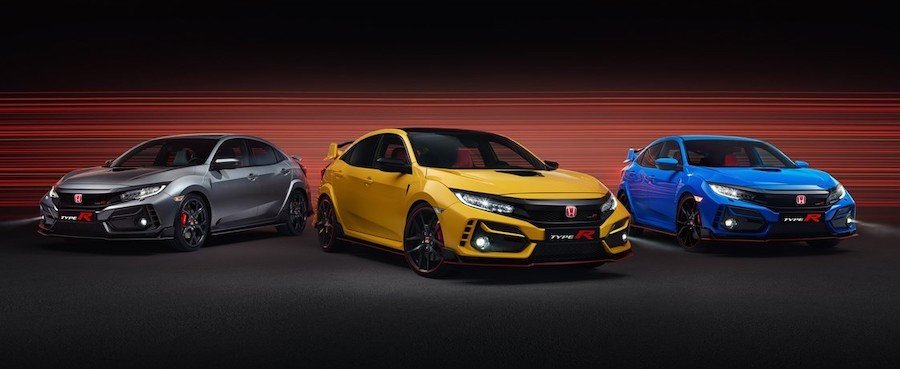Honda Isn’t Leaving Australia But Will Likely Reduce Dealership Network

General Motors took the most drastic measure, folding Holden in favor of a new entity that will be called General Motors Special Vehicles.
To put it bluntly, the Land Down Under is buying new automobiles at 2011 levels. Last year, sales decreased by almost eight percent compared to 2018, totaling 1,062,867 cars of which SUVs accounted for 45.5 percent.
Toyota is the best-selling brand for the time being, topping the charts in 2019 with 205,766 units. To understand how small of a market Australia is, the U.S. bought 218,401 models from the Japanese brand in August 2019.
Honda, however, prepares to cut a third of the national network of 106 dealerships according to Car Advice. It was previously reported that Honda would pull out of Australia altogether, but that possibility was shut down.
"We are committed to the Australian market" and "we are committed to our dealer network," said the local division of the Japanese brand. An update on Honda's long-term plans for Australia will be revealed "in the first quarter of 2020," which means that the finer details will be sorted by the end of March.
Australian representatives have reportedly met with overseas executives, and upon returning to the Land Down Under, they claimed that Honda's higher-ups left them with "unanswered questions." So what does that mean?
Since announcing the closure of the Swindon factory in the United Kingdom and the restructuring of Honda Turkiye A.S., the automaker has made it clear on numerous occasions that the global production footprint needs some fine-tuning. The focus on high-profit markets such as the U.S. and Japan is another reason, as are the increasing costs of hybrid vehicles and EVs.
With all due respect, Honda isn't going anywhere. They may change the business model to something a little more profitable, but there's nothing to worry about in the long run for the Australian consumer.


